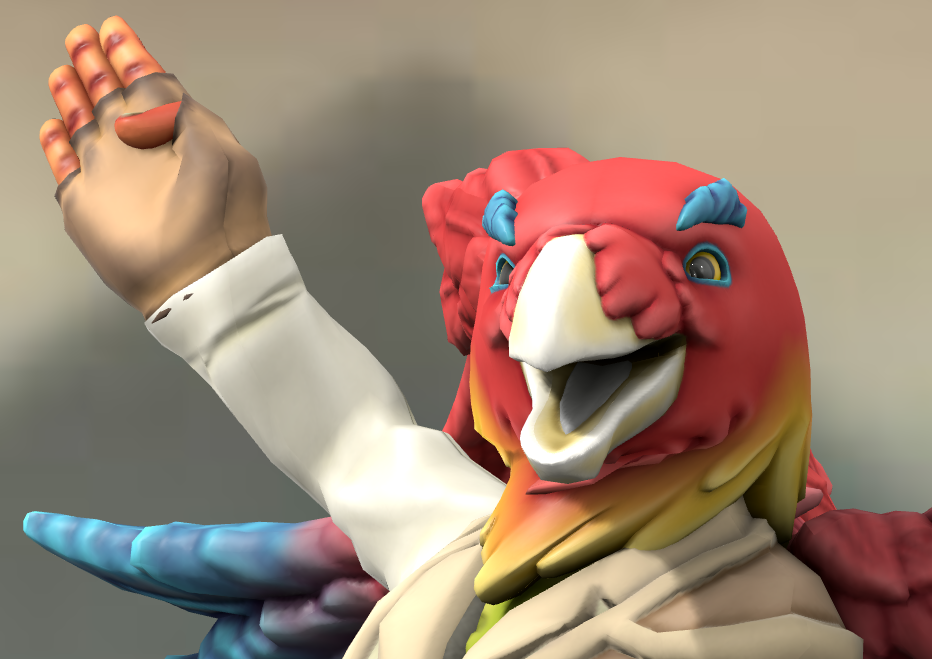Fraeling
From deep within Pallo, in the deepest roots of trees, something formed. A few variations of deep root trees, with a tap root that can extend down 15 miles, developed galls in the deepest portions of their roots. Over time, the plasmid deposited agrobacterium in some of the galls mutated these lumps not only with unrestricted cell division, but also with new DNA that formed new life.
Early fraelings were ferocious and dangerous. It was common for them to bide their time and lie in ambush when threats were nearby. While less hostile towards others now, their ferocity and tenacity are still exemplary.
Basic Information
Anatomy
They are bipedal and have two arms, though some have four arms. They have a thick chest and average sized head with the rest of their body being thinner. Their skin is fibrous, with calloused, barky, patches. Along their body are many, hair like roots, from which they gain nutrients from soil.
Out of their back sprouts two long, thin tendrils from which hang long and prehensile roots. These roots are the most effective at obtaining nutrients for them. Some fraeling have learned how to flex amd shape these tendrils and roots to look like wings.
Out of their back sprouts two long, thin tendrils from which hang long and prehensile roots. These roots are the most effective at obtaining nutrients for them. Some fraeling have learned how to flex amd shape these tendrils and roots to look like wings.
Genetics and Reproduction
They live incredibly long lives, averaging around 5,000 years. Incredibly rare cases are practically immortal. As such, they do not reproduce frequently. The process involves germinating seeds along their roots that they plant in the ground when they are ready for the next phase of growth.
Growth Rate & Stages
The seeds that germinate on the roots of adult fraeling take 1 year to reach viability to plant. Once planted, the seeds take 10 years to grow. Once complete, it is able to burrow and break ground as a juvenile fraeling. Fraeling are juvenile for an average of 30 years.
Adulthood lasts from 30 years to 4000 years. The last 1000 years are a very gradual decline. Roots begin drying and wilting, losing their ability to obtain nutrients as well. Their body also begins to become brittle.
Adulthood lasts from 30 years to 4000 years. The last 1000 years are a very gradual decline. Roots begin drying and wilting, losing their ability to obtain nutrients as well. Their body also begins to become brittle.
Ecology and Habitats
Their primary concern is being in an area with nutrient rich soil. This means they rarely live in or wander through hostile environments like tundras or deserts. When necessary, sometimes they build a compost pile to root in if the environment is not as suitable.
Dietary Needs and Habits
75% of fraelings gain sustenance through natural rooting alone. They lay in nutrient rich soil or rocks and let their roots absorb nutrients from their surroundings. Rooting for 8 hours in sufficient material gives them enough energy to do average activities for 16 hours. For vigorous activity, it is more one to one. Some fraeling will rest for up to four days in order to be rested for a few days on end.
The maximum amount of energy a fraeling can store will last them 6 days average days or 2 vigorous without rest. Level of activity will determine how much more rest they need. Due to their strength, what is considered vigorous activity is more than for most people, but recovery also takes a little longer. When exhausted, it can take a few extra hours of rooting to fully recooperate.
--Whichever way they root - either in the ground or in living beings - is the most efficient way they gain nutrients. A "blood rooter" will not be able to sustain themselves with rooting in the ground and require living beings to feed and survive.
Additional Information
Facial characteristics
Their head is very angular and triangular, reminiscent of a deer skull without horns.
Average Intelligence
Given their longevity they tend to develop great intellect and wisdom over time.
Perception and Sensory Capabilities
Growing and living so deep beneath the surface means their hearing is incredible. After meeting denizens of the lowerdark, their other senses started becoming comparable to other humanoids, but their hearing remained exceptional.
Due to mutating from the roots of trees, they feel a connection to plants and are able to discern where nutrient rich material is.
Their noses do not smell in the typical sense. They are lined with receptors that can detect even the faintest trace of pheromones. This helps them avoid pests that could harm them as well as get a read on creatures around them.
Due to mutating from the roots of trees, they feel a connection to plants and are able to discern where nutrient rich material is.
Their noses do not smell in the typical sense. They are lined with receptors that can detect even the faintest trace of pheromones. This helps them avoid pests that could harm them as well as get a read on creatures around them.
Civilization and Culture
Major Organizations
During the fraeling Golden age there were several empires lead by fraelings.
Genetic Descendants
Scientific Name
Alta radix
Lifespan
5000 years
Average Height
7' - 13'
Average Weight
200 lbs - 350 lbs
Average Length
7' - 15'
Average Physique
While generally thin, they do have remarkable strength on par with goliaths and half giants. They are incredibly durable and can withstand a beating.
Body Tint, Colouring and Marking
Their skin is black, grey, or brown. Fraelings grown from the deepest roots are sometime ashen grey or pure white, but that is rare.





Comments